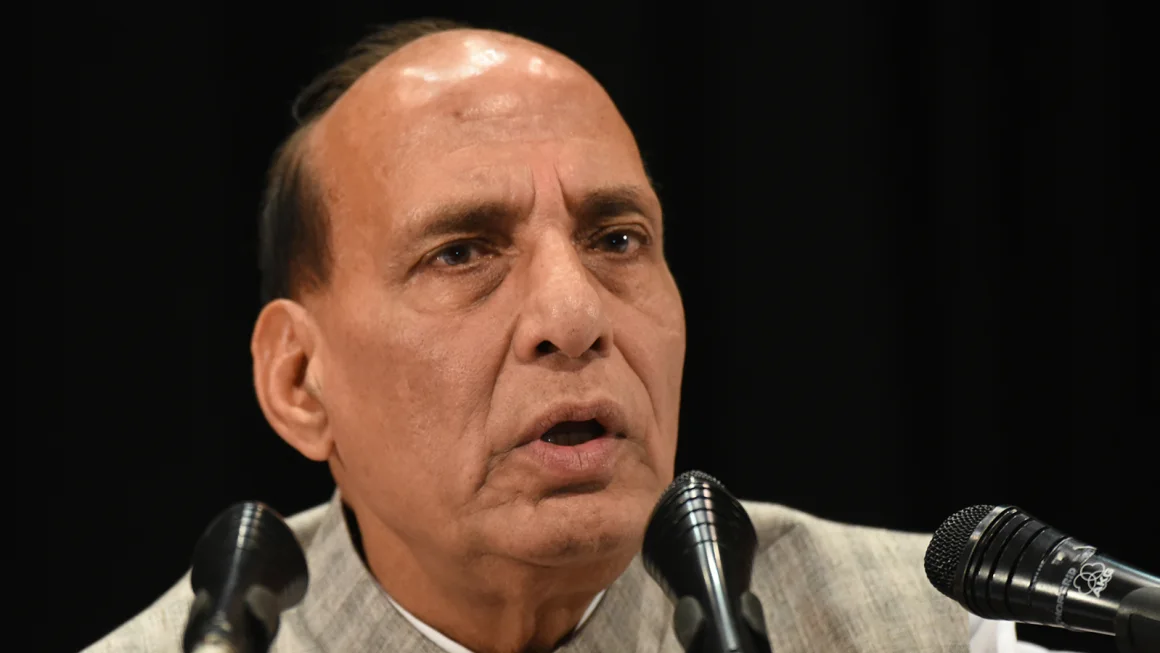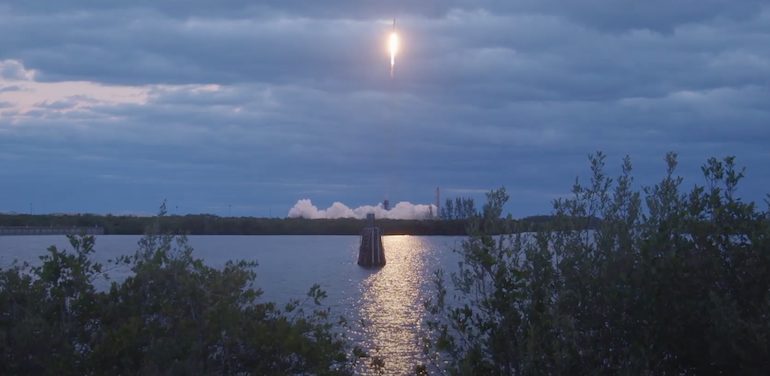SpaceX marked a busy start to the week with two successful launches in rapid succession: one from California, and another from Florida, each carrying significant payloads into orbit.
Early on Monday, Nov. 18, a Falcon 9 rocket launched 20 additional Starlink satellites from Vandenberg Space Force Base in California at 12:53 a.m. ET (0553 GMT), adding to SpaceX’s growing constellation of internet satellites. Thirteen of these new satellites are equipped with direct-to-cell capability, designed to improve connectivity for mobile users in remote areas.
The launch was a key milestone in SpaceX’s ongoing efforts to expand the Starlink network, which now consists of more than 6,600 active satellites. This was the 20th mission for the Falcon 9 booster used in the launch, a notable achievement for a rocket that has become a workhorse for SpaceX’s satellite deployments. After delivering the Starlink payload to low Earth orbit (LEO), the Falcon 9’s first stage successfully returned to Earth, landing on SpaceX’s droneship, Of Course I Still Love You, stationed in the Pacific Ocean.
The upper stage of the Falcon 9 rocket continued its journey, placing the satellites into orbit about 62 minutes after liftoff.
Later that same day, SpaceX completed another launch from Florida’s Space Coast. At 5:28 p.m. ET on Sunday, Nov. 17, another Falcon 9 rocket lifted off from NASA’s Kennedy Space Center, carrying the Optus-X telecom satellite to a geosynchronous transfer orbit (GTO). The liftoff occurred just as the sun began to set, providing a spectacular view of the rocket as it ascended into the evening sky.
This mission was particularly significant for the Australian telecommunications company Optus, which is deploying the Optus-X satellite to enhance its communication services. Following the successful deployment of the satellite into orbit, the Falcon 9’s first stage made a flawless return, landing on the A Shortfall of Gravitas droneship in the Atlantic Ocean.
The Optus-X satellite will travel to geostationary orbit, approximately 22,236 miles above Earth, to provide communications services for the Asia-Pacific region. The launch also marked the 16th mission for this particular Falcon 9 booster, which has previously supported various other SpaceX missions, including Starlink deployments and flights to the International Space Station.
These two launches underscore SpaceX’s continued leadership in space transportation, with more than 100 Falcon 9 missions launched in 2024 alone—many of them dedicated to the growth of the Starlink network. The successful liftoffs also demonstrate the company’s remarkable ability to handle multiple missions in close succession, showcasing its high operational capacity.
With input from Space.com and Spaceflight Now.









